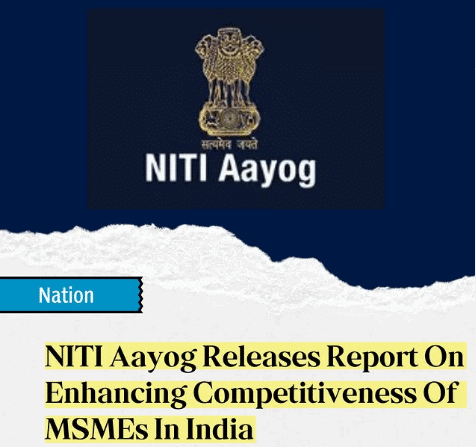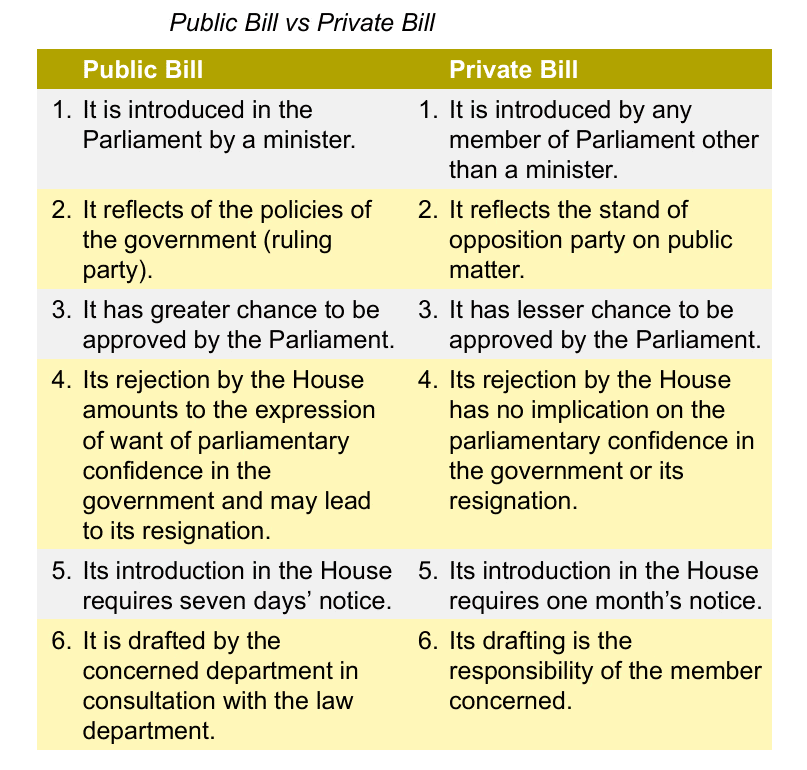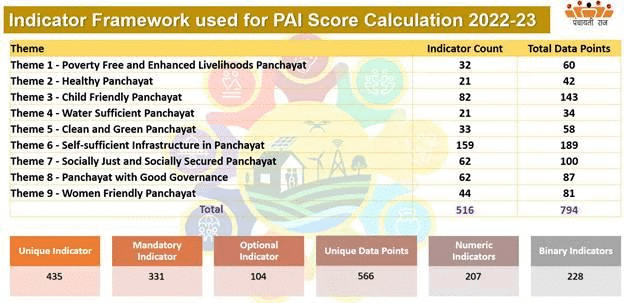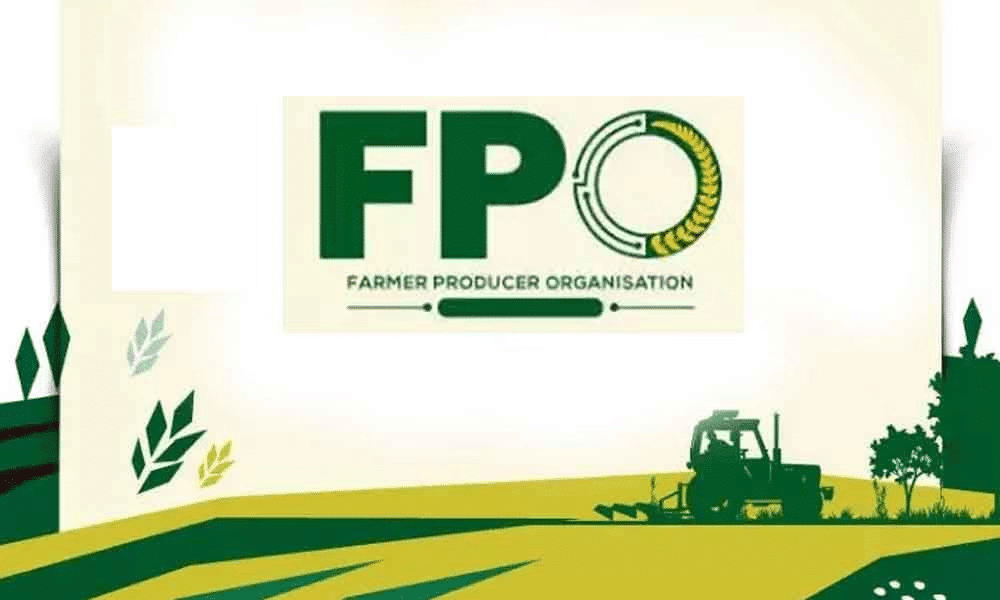Weekly Current Affairs (1st to 7th May 2025) - 2 | Weekly Current Affairs - UPSC PDF Download
NITI Aayog Report on MSMEs in India

Why in News?
The NITI Aayog, in collaboration with the Institute for Competitiveness, released a comprehensive report identifying the key challenges hindering MSME growth and proposing strategic reforms to enhance their competitiveness and economic impact.
Key Takeaways
- MSMEs contribute significantly to India's GDP and employment.
- Approximately 90% of MSMEs in India remain informal, limiting their access to resources.
- The sector faces challenges related to credit access, skill gaps, and technological adoption.
Additional Details
- Micro, Small, and Medium Enterprises (MSMEs): These are businesses categorized based on their investment in plant & machinery and annual turnover. They play a crucial role in promoting entrepreneurship and generating employment.
- Contribution to GDP: MSMEs account for about 29.2% of India's GDP and 36.2% of manufacturing output, employing over 120 million people.
- Export Promotion: MSMEs contribute nearly 45% of India's total exports, with significant participation from sectors like handicrafts.
- Challenges: The report outlines several challenges, including high informality, lack of formal credit access, skill mismatches, and compliance burdens.
In conclusion, MSMEs are vital for India's economic growth but face significant challenges, particularly regarding data inadequacies. By leveraging existing sources and improving platforms, better policies can be formulated to enhance MSME competitiveness and support their integration into global value chains, driving sustainable economic development.
Reviving Private Members’ Bills

Why in News?
- The Vice President of India recently characterized Private Member’s Bills (PMBs) as “far-sighted, forward-looking, and a gold mine” for India’s democracy. His comments have reignited discussions surrounding the waning significance of PMBs, which are increasingly overlooked in Parliament, despite their potential to enhance individual legislative initiatives.
Key Takeaways
- PMBs allow non-government MPs to propose laws and raise issues significant to their constituencies.
- Only 14 PMBs have been passed since Independence, with no bills passing both Houses since 1970.
- In the current Lok Sabha session, a significant number of PMBs were introduced, but very few were discussed.
Additional Details
- About Private Member’s Bills: PMBs are legislative proposals initiated by Members of Parliament (MPs) who are not part of the government. This enables them to address issues of importance to their constituents and allows independent legislative proposals.
- Key Features: Only non-government MPs can introduce PMBs. These bills can also include resolutions that highlight specific issues. They require drafting and submission with at least one month's notice before being introduced in Parliament.
- Decline of PMBs: The decline is evident, with only a few PMBs being discussed in recent Lok Sabha sessions. For example, during the 17th Lok Sabha, 729 PMBs were introduced, but only 2 were debated in the Lok Sabha.
- Empowerment of Legislative Democracy: PMBs promote independent thought and legislative innovation, driving social change and improving governance through proposed legislation.
In conclusion, while Private Members’ Bills face significant challenges, including limited time for discussion and a lack of serious engagement from MPs, reforms aimed at revitalizing this mechanism could enhance legislative democracy in India. The potential for PMBs to serve as tools for advocacy and societal change underscores the need for their greater recognition and support in the parliamentary process.

Red-Crowned Roofed Turtle

Why in News?
- The Red-Crowned Roofed Turtle (Batagur kachuga) has been successfully reintroduced into the Ganga River after a gap of 30 years. This initiative represents a significant achievement under the Namami Gange Mission and the efforts of the Turtle Survival Alliance India (TSAFI) project.
Key Takeaways
- The turtles were released in the Haiderpur Wetland, a Ramsar site within the Hastinapur Wildlife Sanctuary in Uttar Pradesh.
- This species is categorized as Critically Endangered on the IUCN Red List and is protected under the Wildlife Protection Act, 1972.
Additional Details
- Species Overview: The Red-Crowned Roofed Turtle is a freshwater turtle belonging to the family Geoemydidae. Also known as the Bengal Roof Turtle, it is one of the 24 species that are endemic to India.
- Physical Characteristics: Females can grow up to 56 cm and weigh up to 25 kg, while males are smaller and display bright red, yellow, white, and blue markings on their faces and necks.
- Habitat & Distribution: Historically found in river systems of Nepal and Bangladesh, as well as major rivers like the Chambal and Brahmaputra. Its population decreased due to habitat degradation, pollution, and sand mining.
- Major Threats: The species faces threats from habitat loss due to dam constructions, water extraction, sand mining, seasonal agriculture affecting nesting sites, illegal fishing nets causing drownings, and poaching.
- Conservation Efforts: The TSA, formed in 2001, aims to protect freshwater turtles and tortoises from threats like habitat loss and climate change, with the goal of achieving "Zero Turtle Extinctions in the 21st Century."
This reintroduction marks a hopeful step towards restoring the population of the Red-Crowned Roofed Turtle in its native habitat, contributing to biodiversity conservation efforts in India.
Panchayat Advancement Index
 Why in News?
Why in News?
- On National Panchayati Raj Day (April 24th), Prime Minister Narendra Modi emphasized the significance of the Panchayat Advancement Index (PAI) as a crucial initiative for empowering local governance and achieving Viksit Bharat by 2047. This index ranks 2.16 lakh panchayats based on themes linked to Sustainable Development Goals (SDGs).
Key Takeaways
- The PAI serves as a composite index to assess the performance and progress of Gram Panchayats (GPs) throughout India.
- It utilizes socio-economic indicators to identify development gaps and promote evidence-based planning.
- The PAI is aligned with the Localization of Sustainable Development Goals (LSDGs) and the National Indicator Framework (NIF) established by the Ministry of Statistics and Programme Implementation (MoSPI).
Additional Details
- Panchayat Advancement Index (PAI): The PAI is a composite index designed to evaluate the performance of Gram Panchayats (GPs) using 435 unique local indicators across 9 LSDG-aligned themes.
- Data Collection and Validation: Over 2.16 lakh GPs from 29 States and Union Territories have submitted data on the PAI Portal, with validation occurring at the state level.
- Performance Categories: GPs are classified into five categories based on their PAI scores: Achiever (90+), Front Runner (75-89.99), Performer (60-74.99), Aspirant (40-59.99), and Beginners (below 40).
- PAI Data for 2022-23: Out of 2.56 lakh GPs, 2.16 lakh provided validated data. Notably, no Panchayat achieved the Achiever category, with 0.3% classified as Front Runners, 35.8% as Performers, 61.2% as Aspirants, and 2.7% as Beginners.
Challenges Facing Panchayats
- Limited Financial Autonomy: Panchayats depend heavily on state and central funding, with only 1.1% of revenue coming from local sources.
- Incomplete Devolution: The 73rd Constitutional Amendment mandates devolution of 29 subjects to Panchayati Raj Institutions (PRIs), but less than 20% of states fully comply.
- Technological and Capacity Gaps: Digital infrastructure is lacking, with significant disparities in computer access among states.
- Inadequate Infrastructure: Only 7 states have 100% pucca panchayat office buildings, with some states reporting very low rates.
- Representation Gaps: Despite a 50% quota for women, many states see limited female representation due to patriarchal norms.
- Poor Inter-Departmental Coordination: Independent functioning of government departments often leads to inefficient resource use and duplicated efforts.
Measures to Enhance Effectiveness of PRIs
- Ensure Financial Autonomy: Implement Article 243-I effectively to assess finances and improve tax distribution.
- Devolution and Empowerment: Adhere to the 73rd Amendment for effective devolution of subjects.
- Boost Institutional Capacity: Strengthen PRI capacity through targeted training for marginalized representatives.
- Technological and Data-Driven Governance: Integrate digital modules for continuous learning and real-time monitoring.
- Encourage Scheme Convergence: Integrate central and state schemes for tailored local development plans.
- Promote Gender Inclusion: Establish Women Resource Centres and implement gender budgeting in development plans.
In conclusion, addressing the systemic barriers faced by Panchayati Raj Institutions is essential for empowering them as effective agents of grassroots development. Implementing the suggested reforms can significantly enhance their capacity and facilitate better governance.
Farmers Producer Organisation
 Why in News?
Why in News?
- The development of Farmers Producer Organizations (FPOs) has been a critical step towards empowering small farmers in India. However, despite significant government investment in FPOs, their progress has been slower than anticipated.
Key Takeaways
- FPOs are designed to support small and marginal farmers.
- Only 16,000 out of 45,000 registered FPOs are compliant with regulatory requirements.
- Many FPOs struggle with market linkages and sustainability.
Additional Details
- What is a Farmers Producer Organisation? FPOs are groups of producers in agriculture, non-farm, or artisan sectors, formed to enhance their bargaining power and share profits.
- Objectives & Need: Indian agriculture is predominantly small-scale, with 87% of farmers owning less than 2 hectares, making them vulnerable to risks. FPOs help by facilitating bulk purchases and improving market access.
- Current Status: Only 4,000 FPOs have secured working capital loans; the average net profit per FPO is merely Rs 3 lakh.
- Challenges: Key challenges include limited impact in market linkages, thin margins, and difficulties in replacing middlemen.
To strengthen FPOs, it is essential to create iconic FPOs, develop local professionals, and promote value addition through processing and branding. Addressing these needs can significantly enhance their viability and empower small farmers.
Caste Census in India: Need and Challenges
 Why in News?
Why in News?
- The Indian government has sanctioned the inclusion of caste enumeration in the postponed Census 2021, reviving a practice that was abandoned after independence. This decision, driven by increasing political and social demands, is anticipated to significantly influence governance, affirmative action, and social justice initiatives.
Key Takeaways
- The caste census is a systematic collection of data on individuals' caste identities during a nationwide census.
- Caste enumeration was a common feature during British rule from 1881 to 1931, but was halted post-independence.
- Current data lacks reliability for Other Backward Classes (OBCs), hampering effective policy-making.
Additional Details
- Caste Census: A caste census systematically collects information about individuals' caste identities, which can inform various social policies.
- Historical Context: Caste enumeration was regular during British rule but was discontinued after the 1951 Census, except for SCs and STs.
- Recent state-level surveys, like those in Bihar, Karnataka, and Telangana, have aimed to fill the gap in caste data.
Need for a Caste Census
- Current Gap: Reliable national data on OBCs is lacking, which affects policy formulation.
- Addressing Previous Challenges: The 2011 SECC was flawed, allowing inaccurate caste entries, which the upcoming census aims to rectify.
- Reshaping Affirmative Action: Updated data can guide reassessment of reservation quotas based on current demographics.
Concerns Regarding a Caste Census
- Risk of Reinforcing Caste Identities: Critics fear it may entrench caste consciousness and deepen social divisions.
- Equity vs. Equality: Larger groups may benefit at the expense of smaller minorities within backward classes.
- Political Exploitation: Accurate data may lead to politicization and demands for OBC status by dominant groups.
Challenges in Conducting an Accurate Caste Census
- Lack of Standardized Caste List: No unified OBC list exists, complicating the classification process.
- Caste Self-reporting Issues: Individuals may misrepresent their caste for benefits, leading to inaccuracies.
Measures for Credibility and Accuracy
- Listing Castes: Create a comprehensive list of castes to avoid inconsistencies.
- Data Verification: Integrating Aadhaar can help ensure accurate identity verification.
- Sub-categorization for Equity: Implement recommendations for better distribution of reservation benefits.
The caste census represents a crucial development in India's governance, aiming to close historical gaps in representation and welfare. While it offers the promise of inclusivity and improved policy targeting, it is vital to address concerns about accuracy and social harmony. Ensuring robust safeguards and transparent execution will be essential for its success.
Mains Question: A caste census can serve as a powerful tool for social justice, but it also risks reinforcing social divisions. Discuss.
Strengthening Parliamentary Oversight in India
 Why in News?
Why in News?
- India's push for ‘Maximum Governance’ must be matched by ‘Maximum Accountability’, prompting renewed focus on strengthening Parliament's role in checking executive power. However, tools like Question Hour and Standing Committees often underperform, making reforms essential for effective democratic oversight and policy implementation.
Key Takeaways
- Parliament must enhance accountability mechanisms to strengthen democratic oversight.
- Reforms are essential to improve the functionality of existing parliamentary tools.
Additional Details
Constitutional Foundations: Dr. B.R. Ambedkar advocated for a parliamentary form of government to ensure daily executive accountability through questions, motions, and debates. The Constituent Assembly deliberated for 167 days to design a system ensuring checks and balances within a democratic framework.
Constitutional Provisions:
- Article 75: Ensures the Council of Ministers is collectively accountable to the Lok Sabha.
- Article 108: Allows the President to call a joint sitting of both Houses to resolve legislative deadlocks.
- Article 111: Grants the President the power to assent, withhold, or return a Bill (except Money Bills) for reconsideration.
- Article 113: States that government expenditure must be approved by Parliament through an Appropriation Bill.
- Article 114: Governs the authorization of expenditure from the Consolidated Fund.
Parliamentary Oversight Mechanisms:
- MPs question ministers on government actions directly.
- Zero Hour: Allows MPs to raise urgent matters without prior notice, commencing after Question Hour.
- Parliamentary Committees: Play a vital role in legislative oversight, with Standing Committees scrutinizing Bills and policies.
Parliamentary oversight is essential for ensuring democratic accountability. By empowering Parliament with post-legislative review, technology, and support, effective law implementation can be achieved, thereby strengthening executive accountability.
|
287 docs|142 tests
|
FAQs on Weekly Current Affairs (1st to 7th May 2025) - 2 - Weekly Current Affairs - UPSC
| 1. What are the key recommendations of the NITI Aayog Report on MSMEs in India? |  |
| 2. How does the concept of Farmers Producer Organisation (FPO) benefit farmers in India? |  |
| 3. What are the challenges associated with conducting a caste census in India? |  |
| 4. What is the significance of the Panchayat Advancement Index in India? |  |
| 5. Why is parliamentary oversight important for strengthening democracy in India? |  |
















